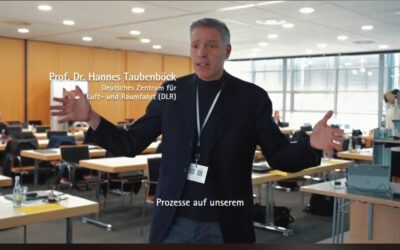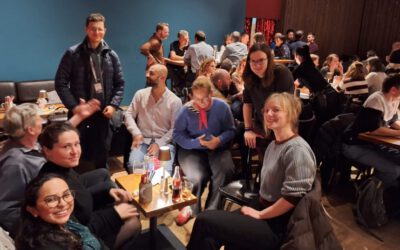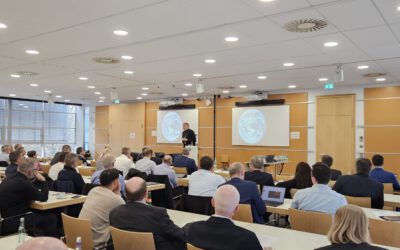 A new MSc. student started her thesis “Suitability of Light detection and ranging (LiDAR) data and texture measures of aerial images to model the species distribution of Glaucidium passerinum (Pygmy Owl) in Vercors, French Alps”. Wanda Graf is using LiDAR data to describe the three dimensional habitat structure of Glaucidium passerinum at different scales. Moreover texture measures of aerial images will be used to describe the habitat structure of Glaucidium passerinum at different scales. It is assumed that LiDAR data are more suitable to model the distribution of Glaucidium passerinum than texture measures of aerial images. The thesis is supervised by Dr. Björn Reineking and Dr. Martin Wegmann
A new MSc. student started her thesis “Suitability of Light detection and ranging (LiDAR) data and texture measures of aerial images to model the species distribution of Glaucidium passerinum (Pygmy Owl) in Vercors, French Alps”. Wanda Graf is using LiDAR data to describe the three dimensional habitat structure of Glaucidium passerinum at different scales. Moreover texture measures of aerial images will be used to describe the habitat structure of Glaucidium passerinum at different scales. It is assumed that LiDAR data are more suitable to model the distribution of Glaucidium passerinum than texture measures of aerial images. The thesis is supervised by Dr. Björn Reineking and Dr. Martin Wegmann
New Earth Observation Project on Thermal Satellite Data
We are honored that we are part of a new research and development project, focusing on the development of a satellite constellation capable of delivering high-resolution thermal data with a high revisit rate. The observations aim to make an important contribution to...








